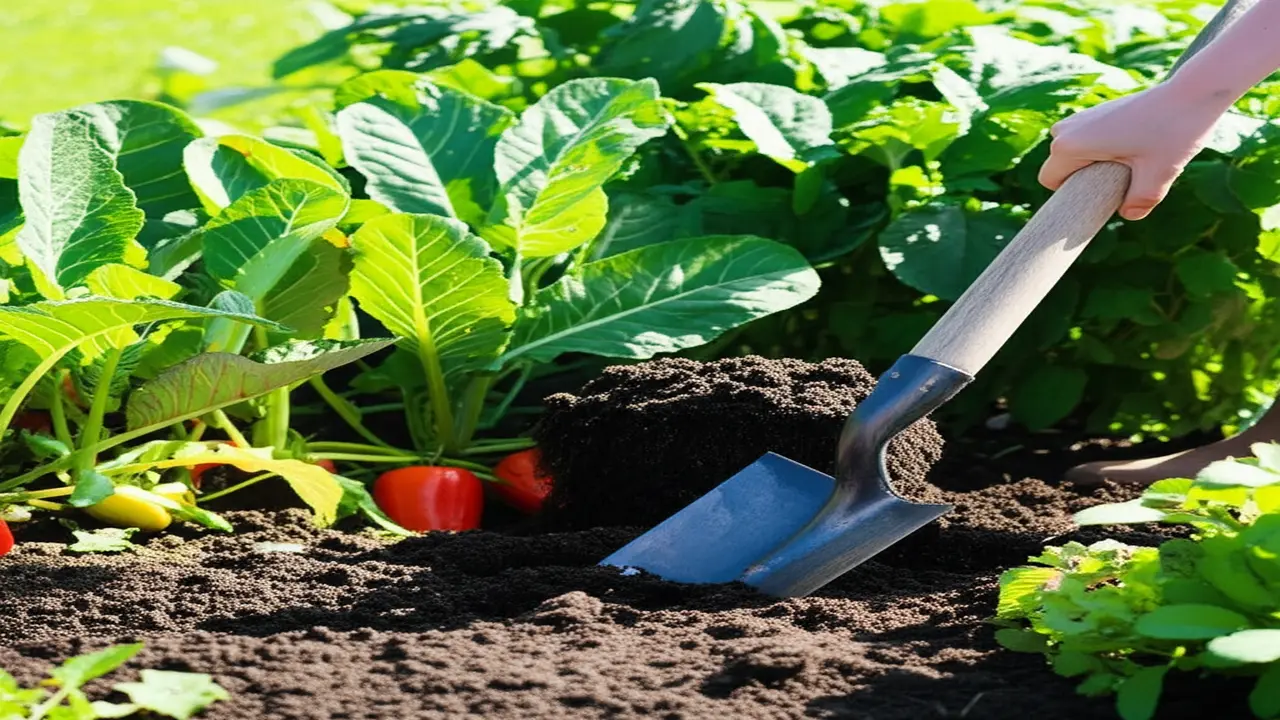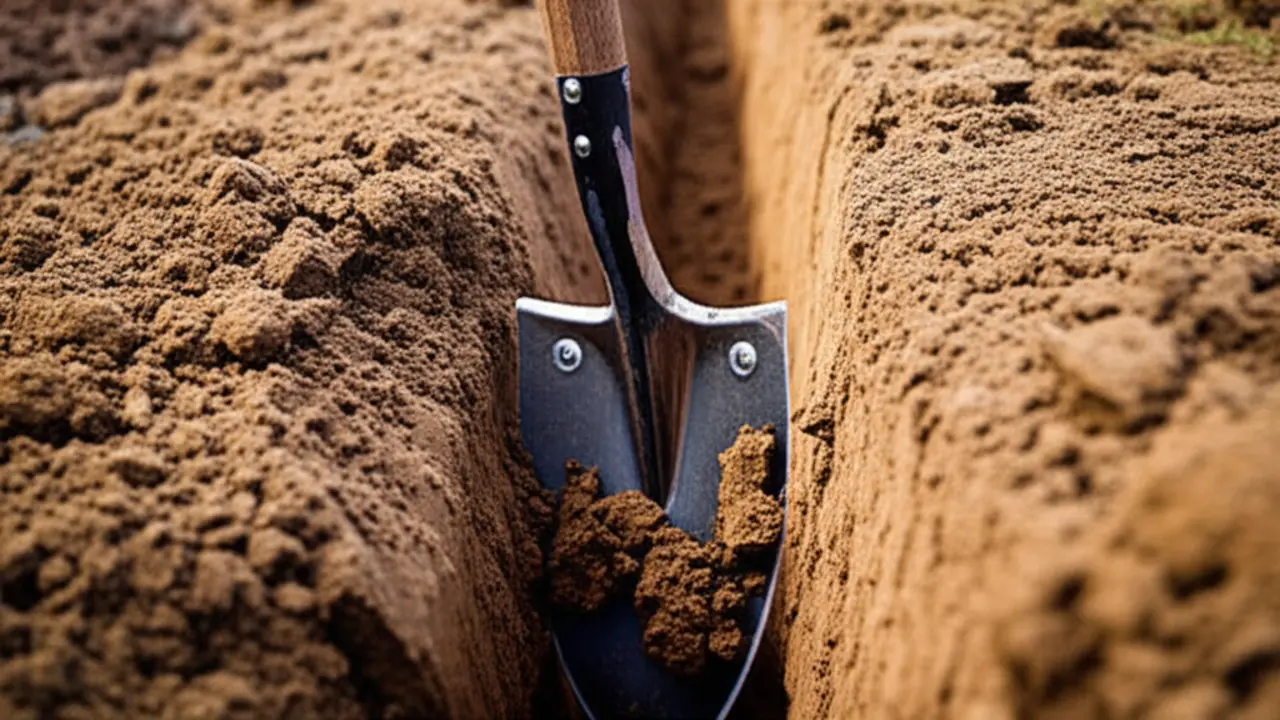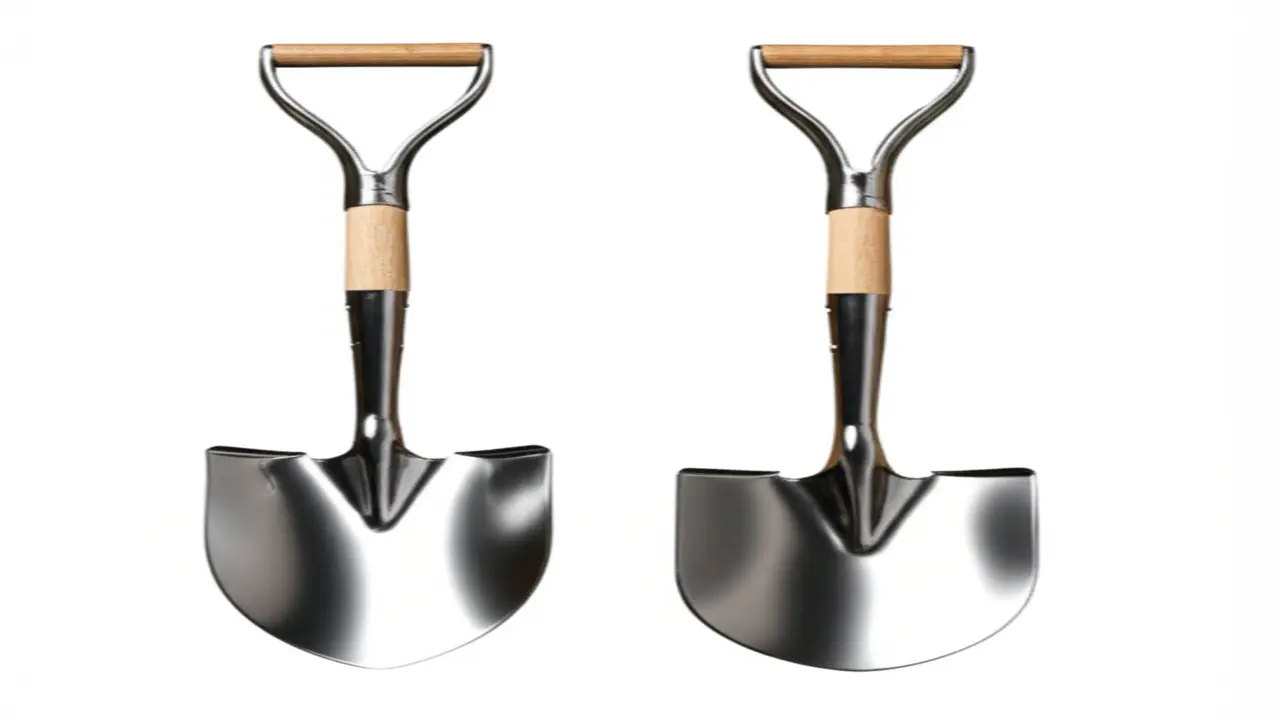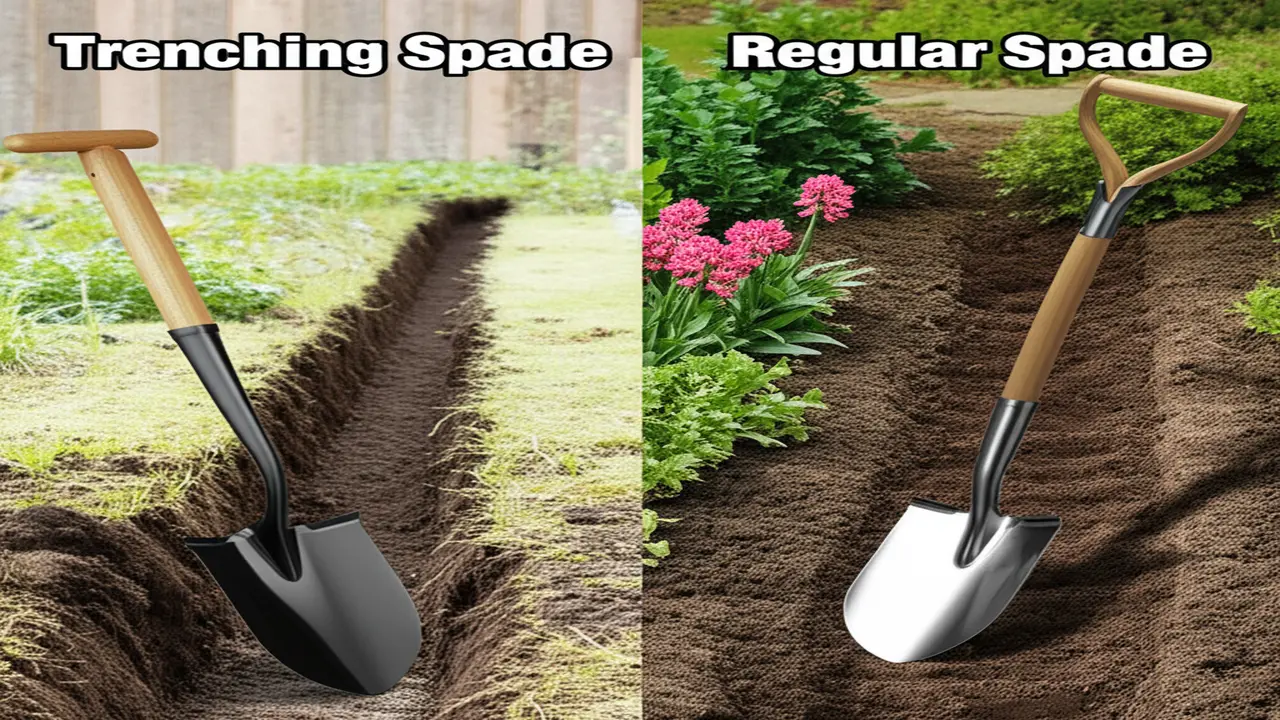Trenching Spade vs Regular Spade: Choose the Right Digging Tool
When it comes to gardening or outdoor projects, having the perfect digging tools can make all the difference. Among these tools, spades stand out as essential items for digging, soil turning, and trench creation. But not all spades are created equal. Two of the most common types you’ll hear about are the trenching spade and the regular spade. Knowing their differences helps you select the right spade and ensures your job gets done efficiently and with less effort.
In this comprehensive guide, we delve into the Trenching Spade vs Regular Spade comparison, highlight key design and functional distinctions, and offer expert advice on choosing the best spade for your specific task. By the end, you’ll be equipped to make an informed decision that boosts your gardening or landscaping productivity in 2025.
What is a Regular Spade? (General Purpose Spade)
A regular spade is often referred to as a general purpose spade because of its versatility. It is the go-to digging tool designed for a broad range of soil-related tasks in your garden or yard.
- Definition and primary functions: Regular spades are mainly used for digging wide holes, turning over soil, moving loose material such as compost or mulch, and edging lawns.
- Key design features: Their blades are relatively wide, measuring around 7 to 9 inches, with a flat or slightly curved surface which facilitates moving large soil volumes. Edges can be straight or sometimes rounded. They frequently have a tread plate at the top for applying extra foot pressure with ease.
- Handle materials and styles: They typically feature wooden, fiberglass, or steel handles. The handle style varies between a straight shaft and a D-shaped grip which gives more leverage and control.
- Common uses: Besides digging, regular spades are excellent for soil preparation, planting trees and shrubs, loosening compacted earth, and creating neat borders around planting beds.

For more insights about versatile garden spades, check out our detailed review on best garden spades.
What is a Trenching Spade? (Drain Spade, Cable Spade)
A trenching spade, also known as a drain spade or cable spade, is a specialized digging tool designed for creating narrow, straight trenches with precision.
- Definition emphasizing specialized use: Unlike regular spades, trenching spades excel at digging trenches required for laying irrigation pipes, cables, or narrow planting furrows.
- Design features: The blade is notably narrower, typically 4 to 6 inches wide, and usually longer and concave in shape, which helps with scooping out soil from tight trenches. The tip may be rounded or pointed to easily penetrate compact soil. A tread plate is also sometimes included.
- Handle types and materials: Similar to regular spades, trenching spades come with wood, fiberglass, or steel handles and can have either straight or D-grip styles to facilitate better control in narrow spaces.
- Common uses: Ideal for installing irrigation systems, trenching for underground cables, precision planting, and cleaning narrow drainage ditches.

Explore more about specialized digging tools and how they enhance gardening precision at top camping garden spades.
Trenching Spade vs Regular Spade: Key Differences
Understanding the differences between these two spade types is vital to choosing the right tool for your task. Here’s a clear comparison to help:
| Feature | Trenching Spade | Regular Spade |
|---|---|---|
| Blade Width | Narrow (4-6 inches) | Wide (7-9 inches) |
| Blade Shape | Long, concave, pointed or rounded tip | Flat or slightly curved, straight or rounded edge |
| Primary Use | Digging narrow trenches and furrows | Broad digging, soil turning, edging |
| Efficiency | High precision, less soil volume moved | Efficient for large soil volume movement |
| Handle Options | Wood/Fiberglass/Steel, straight or D-grip | Wood/Fiberglass/Steel, straight or D-grip |

For readers curious about broader types of garden spades and shovels, The Spruce offers a useful breakdown: Types of Spades and Shovels.
Choosing the Right Spade for Your Task
Making the right spade choice can save time, reduce physical strain, and maximize the quality of your digging tasks.
- When to use a regular spade: Opt for a regular spade for digging wide or deep holes, turning over large soil areas, moving loose material, or edging garden beds and lawns. Its broad blade makes it ideal for handling substantial soil volumes efficiently.
- When to prefer a trenching spade: Use a trenching spade when you need to dig narrow, precise trenches for irrigation pipes, underground cables, or planting narrow rows. It excels at making clean, straight trenches that minimize disturbance to surrounding soil.
- Consequences of wrong spade use: Using a regular spade for trenching can create uneven, oversized trenches that require extra cleanup. Conversely, using a trenching spade for general digging is inefficient and slow due to the small blade size and lower soil capacity.
Understanding these distinctions saves effort and helps achieve professional-looking results. For practical tips on digging techniques, Bob Vila’s guide on how to use a spade is highly recommended.
Pros and Cons of Each Spade
Regular Spade
- Pros: Highly versatile; efficient at moving large volumes of soil; excellent for general digging and edging tasks.
- Cons: Not suited for narrow trenches; edges can be too wide causing damage to adjacent roots and plants.
Trenching Spade
- Pros: Superior for digging narrow trenches with precision; ideal for tight spaces and specialized tasks.
- Cons: Slow for bulk soil moving; impractical for edging or wide holes.
Can You Substitute One for the Other? Practical Insights
While it might be tempting to use one type of spade for all digging, understanding their limitations is key.
- Using a regular spade for trenching: Possible but inefficient. You’ll likely end up with a trench wider and less precise than needed, leading to more soil disturbance and cleanup.
- Using a trenching spade for general digging: Also possible for small tasks but laborious. The narrow blade moves little soil per effort, slowing down work significantly.
Industrial and professional gardeners usually advise having both spades available to match the task perfectly. This ensures maximal efficiency and reduces wear on tools and user fatigue.
Factors to Consider When Buying
Before purchasing a spade, reflect on these factors for the best investment:
- Task types and priorities: Identify the primary tasks—bulk digging or trenching. Choose accordingly.
- Soil conditions: Hard, compacted soil may call for a sturdier spade with a pointed tip; loose soil allows for wider blades.
- Frequency of use and durability: For frequent use, invest in a durable handle material (fiberglass or steel) and comfortable grip.
- Budget and handle style preferences: Decide between D-handles for improved control or straight handles for flexibility, and consider your budget constraints.
For a comprehensive guide on selecting durable and ergonomic spades, visit our ergonomic garden spades review.
Practical Tips for Use and Safety
- Wear gloves to protect your hands from blisters and splinters.
- Apply foot pressure on the tread plate for easier blade penetration.
- Maintain a straight back to avoid strain while digging.
- Keep your spade clean and dry to prevent rust and prolong tool life.
“Choosing the right spade not only saves energy but ensures your digging tasks have clean results, improving overall garden health and aesthetics.” – Gardening Expert
FAQs: Trenching Spade vs Regular Spade
- Can a trenching spade be used for planting trees?
- It’s not ideal since trenching spades have narrow blades suited for trenches rather than broad holes needed for planting trees. A regular spade is better for such tasks.
- What’s the best handle type for a spade?
- D-handle grips provide better leverage and control, especially for precision digging, while straight handles offer more flexibility for varied tasks. The best handle depends on your preference and task.
- Are fiberglass handles better than wood?
- Fiberglass handles are generally more durable and resistant to weathering compared to wood, though wood handles offer a traditional feel and can absorb shock better.
- How do I maintain my spade?
- Clean the blade after use, oil metal parts to prevent rust, check and tighten handle fittings, and store in a dry place.
Conclusion: Choosing Wisely for Efficient Digging
In the Trenching Spade vs Regular Spade debate, the choice boils down to your specific digging needs. Regular spades offer versatility for broad digging and soil work, while trenching spades provide precision for narrow trenches. Selecting the right spade improves efficiency, reduces extra effort, and results in cleaner, professional work in your garden or landscaping projects.
Before your next outdoor project, assess your tasks carefully and choose a spade that aligns with your needs. For further guidance on garden tools, consider exploring the best garden spades to find the ideal fit.
Equip yourself with the right tool, and dig into your gardening projects with confidence and ease in 2025 and beyond!

